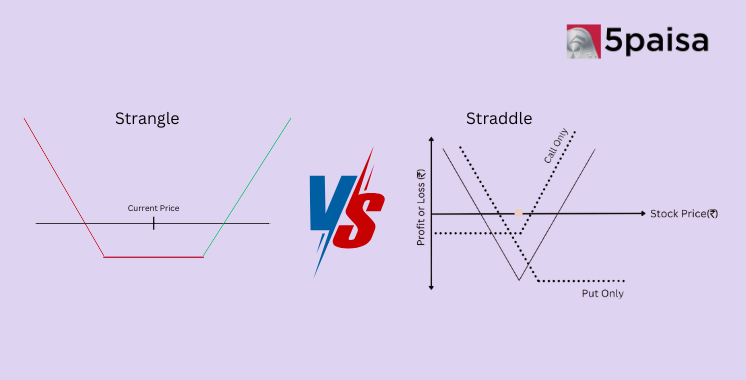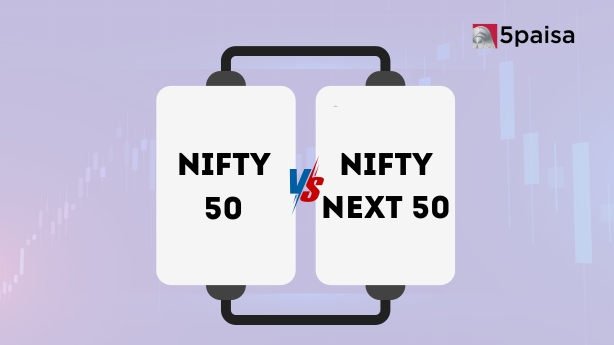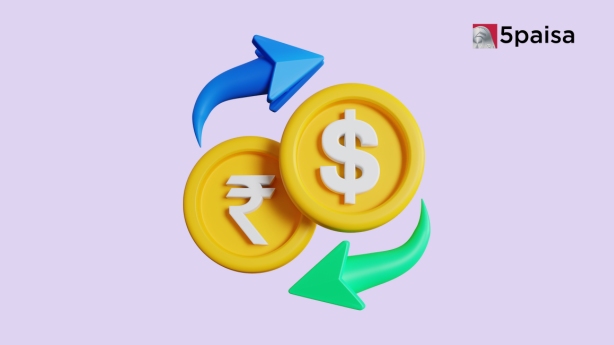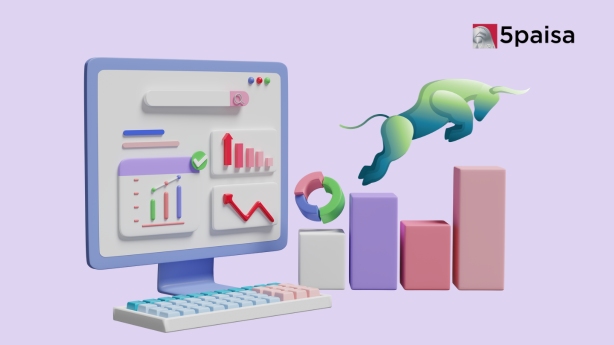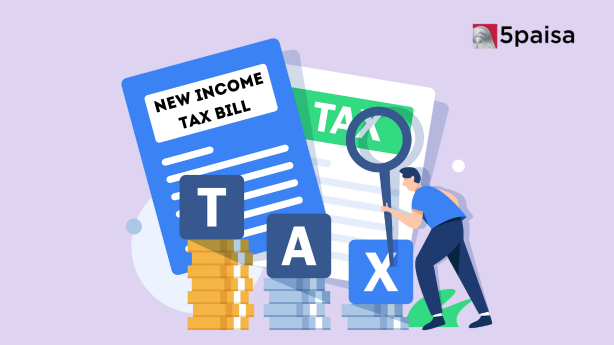How Bata, Relaxo and other footwear makers are braving the inflationary storm
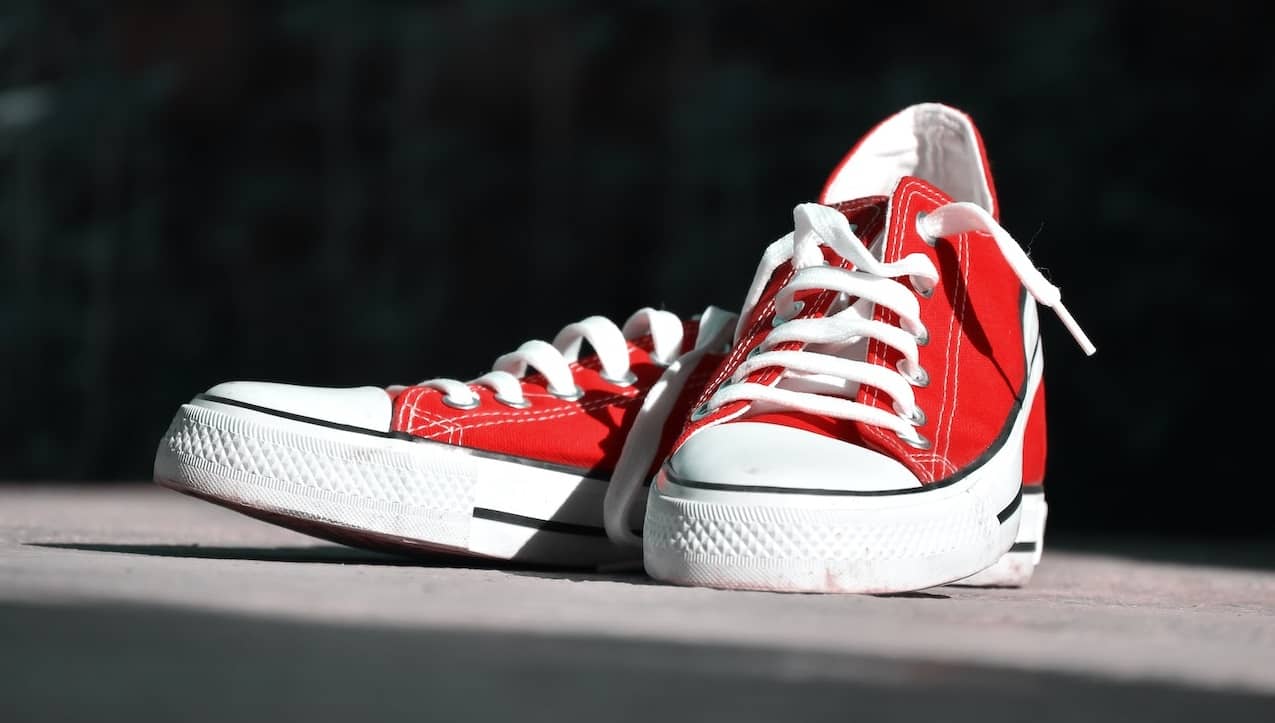
C-suite executives have been swinging wildly between the two horns of a financial dilemma for the last five-six quarters. Their moment of truth is briefly summed up in this rather vexing choice: Pass on inflated raw material costs to one’s own customers and consequently lose market share to competitors or absorb elevated raw material costs, let the bottom line take a hit, all so that your firm can maintain its grasp on the market share.
Not surprisingly, with the spectre of inflation refusing to go anytime soon—notwithstanding all the monetary acrobatics of the US Federal Reserve, the Reserve Bank of India and central banks around the globe—almost all companies across sectors have had to pick a side between letting the end-consumer bear the brunt of inflationary pressures or let their margins take an unprecedented drubbing.
Many players within sectors like automotive, FMCG, textiles, real estate, and consumer durables have passed on the cost burdens. In the footwear industry as well, several players have increased their prices whereas a select few have opted to cede a small slice in their profitability pie for fear of losing more business to unorganised players.
Naturally, the strategy adopted by different players is in keeping with their larger brand value, demographic appeal, average customer profile and the positioning of their product portfolio in the market.
All said, the latest quarterly results of the big wigs of India’s footwear industry speak volumes about the margin pressures that have been jacking up operational expenses, including advertising expenses and employee costs—of the formal players in this highly competitive industry and eroding their total volume of sales and net profit.
How bad is the downside?
Let’s start with Relaxo Footwears. In the three months ended June 2022, the company reported one of its worst performances in the terms of total revenue for the past few quarters. Total revenue clocked in at Rs 671 crore in April-June. The July-September quarter revenue wasn’t anything to write home about considering that it rose by a measly Rs 4 crore to Rs 675 crore.
The June quarter is traditionally a period of subdued sales. In June 2021 and June 2020, as well, the company delivered muted revenue of Rs 502.4 crore and Rs 370.5 crore. To be clear, April-June 2020 was the period when almost entire India was on a lockdown due to the Covid-19 pandemic.
However, historic precedent aside, the company, perforce, had to absorb price cuts in its product portfolio catering to the mass market as customers were starting to forego Relaxo’s products for cheaper alternatives.
What’s compounding matters for Relaxo further is the fact that the price cuts were in the ball-park range of 15-20%, which, evidently shows up in the operating profit margin for the company. For the September quarter, the operating profit margin slumped to 8.87%, half of the 16.35% in the corresponding quarter in the previous fiscal year, and miles away from the high 21%-22% margins registered during the last two quarters of 2019-20 and the first quarter of FY21.
The decimation is visible in the net profit margins as well. From a high of 9% in the quarter ending March 2022, the June and September quarter net profit margins at 5.8% and 3.35% are sounding out alarm bells and scaring investors away from the company. It doesn’t help that operating expenses in the latest quarter, at Rs 610 crore, are the second highest in the course of the last two FYs.
Other side of the coin
The condition of Metro Brands, on the other hand, is entirely dissimilar to that of Relaxo.
Compared to September 2021, Metro registered a 47% uptick in revenue to Rs 475 crore. Net profit vis-a-vis September 2021 jumped from Rs 50.2 crore to Rs 73.8 crore. Partly responsible for the rise is the company’s prime positioning in the market which accords it hefty pricing power.
Consequently, Metro Brands has been able to pass on higher selling costs to its customers. Additionally, the company has a strong network of close to 670 stores across India and is firmly on track to open 200-250 new stores in the coming two-three years. In fact, in this quarter alone, the company opened 28 new stores.
Metro’s strategy of not embracing spiked-up raw material costs on its income statements seems to be drawing in investors by the droves. Compared to the lows of Rs 554 in July, the company’s share price shot up to as high as Rs 959 in October before settling down to trade at the levels of Rs 800 and thereabout currently.
Compared to Relaxo, Metro has been holding onto its operating profit margin. Throughout the year-to-date, the company’s operating profit margin has reliably been at or around the 30% mark. The same is the case with the net profit margin, which has fallen to 15.92% in the latest quarter but is still holding strongly compared to its competitors.
Bata India, the top dog in the Indian footwear market, has reported a 35% rise in revenue compared to the corresponding quarter in the previous fiscal year. The senior management indicated that it has been able to leverage its robust retail, franchise, distribution and e-commerce network to drive higher sales across the country despite the fact that the operating environment for footwear companies has been worsening and the repercussions of forbiddingly high levels of raw material inflation are playing out.
Bata’s net profit margin has also been eroded. However, the erosion is not as bad as the one witnessed in Relaxo. To Bata’s credit, it has been able to hold the 6% net profit margin it registered in September 2021, and has been able to ratchet it up occasionally as it did in June 2022, when it doubled to 12.66%.
Bata has also pushed up its operating profit compared to the year-ago period. From Rs 119 crore in Q2FY22, it reported an operating profit of Rs 161 crore in the last quarter, effectively maintaining the EBIT margin between the respectable 19% to an impressive 26% range.
Quite naturally, Bata has been feted by its shareholders and investors, at large, who shored up the share price to Rs 2,000 in early August. Currently, the share is trading at Rs 1,700 as investors foresee inflationary pain points persisting in the near term.
The path ahead
A common theme running through the financials of all these companies is that their margins have gone through a thorough pummelling, and whatever light there might be at the end of this inflationary tunnel, isn't visible, at least for now.
Of course, companies that can leverage their sales network and dramatically cut back on employee, marketing and administrative expenses will be able to deliver healthy margins for their investors.
- Flat ₹20 Brokerage
- Next-gen Trading
- Advance Charting
- Actionable Ideas
Trending on 5paisa
Indian Stock Market Related Articles
Disclaimer: Investment in securities market are subject to market risks, read all the related documents carefully before investing. For detailed disclaimer please Click here.
 Tanushree Jaiswal
Tanushree Jaiswal
 5paisa Research Team
5paisa Research Team
 5paisa Research Team
5paisa Research Team
